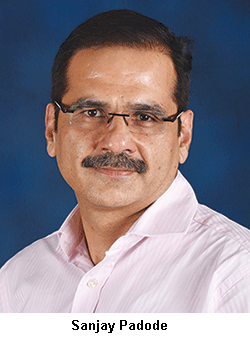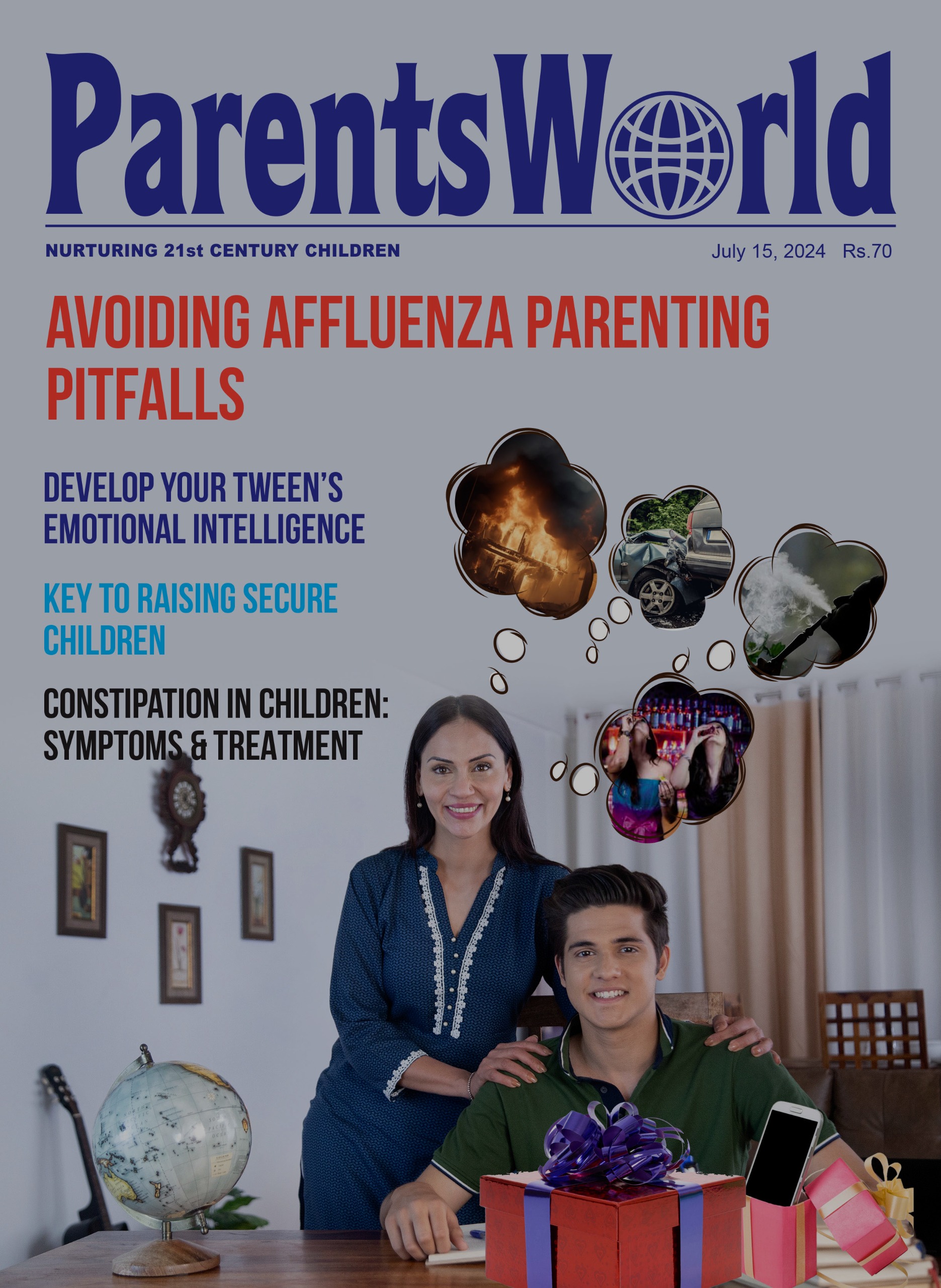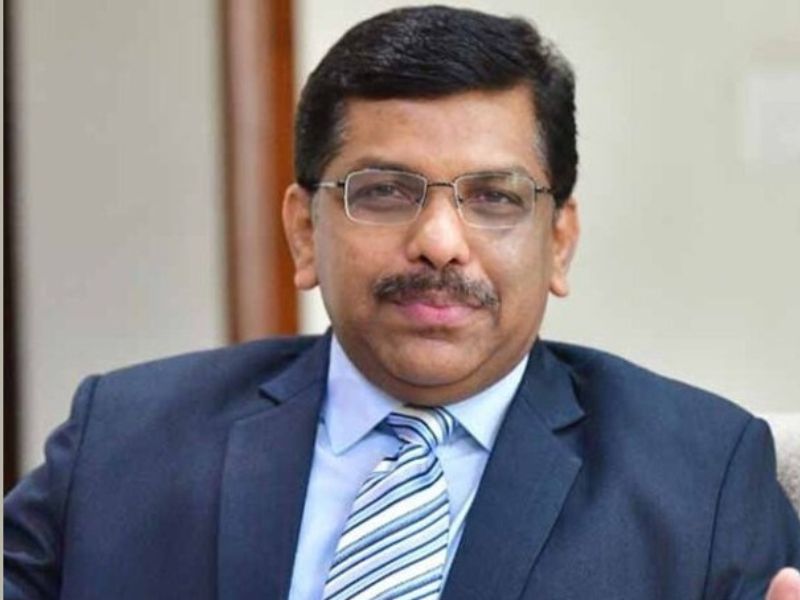 The enactment of the Central Goods & Services Tax (GST) Act, 2017 by Parliament on April 12 is undoubtedly a historic milestone in the economic history of India. Until the passage of this Act, goods transported by say an individual or firm in Amritsar (Punjab) to a business enterprise in Tuticorin (Tamil Nadu) — the southernmost tip of India — were subject to numerous taxes and levies (entry, octroi etc) imposed by state and municipal governments in all the territories they passed through and sales tax at the point of delivery. This practice empowered the states to apply their own interpretation as to classification of goods and services and enabled them to tax them arbitrarily. This wide latitude allowed states to benefit at the cost of the national economy.
The enactment of the Central Goods & Services Tax (GST) Act, 2017 by Parliament on April 12 is undoubtedly a historic milestone in the economic history of India. Until the passage of this Act, goods transported by say an individual or firm in Amritsar (Punjab) to a business enterprise in Tuticorin (Tamil Nadu) — the southernmost tip of India — were subject to numerous taxes and levies (entry, octroi etc) imposed by state and municipal governments in all the territories they passed through and sales tax at the point of delivery. This practice empowered the states to apply their own interpretation as to classification of goods and services and enabled them to tax them arbitrarily. This wide latitude allowed states to benefit at the cost of the national economy.
Differential rates of taxes imposed by states and Union territories divided the national economy into smaller territories depriving industry ease of passage between states and corporates the benefits of a national market. Therefore GST is probably one of the best reforms since liberalisation, as it classifies all goods and services into five categories subject to one single tax — 5 percent, 12 percent, 18 percent and 28 percent — which subsumes all indirect taxes.
However and perhaps inadvertently, some wrinkles have become discernible in the fine print of the Act. This is particularly in relation to misclassification of goods and services. Earlier, higher education institutions (HEIs) were exempt from payment of any service tax on services such as catering, housekeeping, security etc. But, in the Union budget 2017-18 presented to Parliament on February 1, a 3 percent service tax was imposed on HEIs for services outsourced by them. Subsequently, under the Goods and Services Tax Act which became effective on July 1, HEIs are obliged to pay a single 18 percent tax on outsourced services.
The consequence of placing HEIs in the 18 percent GST tax slab is that a student who pays Rs.150,000 for a study programme in a private HEI, is obliged to pay Rs.22,500 as GST since July 1, instead of Rs.4,500 as service tax earlier.
Clearly, it was not the intent of Parliament to levy a higher tax on students in HEIs, because the GST explanatory booklet exempts schools from paying any GST for providing education and any associated outsourced services.
The outcome of this obviously unintended higher impost is that it creates a distinction between higher and pre-collegiate education, and is even restricting access to higher education by driving up the costs of HEIs. Therefore, higher education has been transformed from a right into a privilege.
Alternatively, if HEIs are expected to absorb the higher tax (which rightfully should be paid by students) which is evidently the intent, the substantially increased expenditure of HEIs — particularly privately promoted colleges, institutes and universities — will compel them to compromise on quality and quantity of education services provided (libraries, co-curricular education options and sports facilities). Moreover, top-ranked HEIs, where demand far exceeds capacity available, are unlikely to absorb the additional expenditure and most likely will raise their tuition fees commensurately, stretching household budgets.
Nor is the ill-advised decision to place HEIs in the 18 percent category — instead of the 0-5 percent slab — likely to solely impact private HEIs as seems to be the assumption. Government institutions such as the IITs and IIMs which charge high tuition fees, are also likely to be affected by putting HEIs in the second highest 18 percent category.
This is particularly inopportune since higher education in India is experiencing an existential crisis. Currently only 26 percent of youth in the age group 18-24 in India are in higher education, a proportion well below OECD countries (60 percent plus) and even China (43 percent). Moreover, most government colleges and universities are over-crowded and unable to provide acceptable quality education.
With the Central and state governments with large fiscal deficits unable to create new capacity in higher education, a cluster of new genre private universities and institutions — including B-schools — have emerged and are making good quality higher education accessible to hundreds of thousands of youth shut out of the few dozen top-ranked public universities by impossible admission cut-offs.
While the Union HRD ministry is striving to promote Indian universities into the World University Rankings of global ranking agencies such as QS and Times Higher Education, this is a wrong time to impose higher taxes on HEIs, when they need to recruit world class faculty and increase infrastructure spending.
All indications are that placement of HEIs in the 18 percent category of GST was inadvertent. The GST Council urgently needs to heed the pleas of HEIs to review this categorisation and accord them tax equivalence with primary-secondary institutions of learning. Although primary-secondary education is important, higher education is no less so if India is to emerge as an economically strong country in this millennium.
(Sanjay Padode is secretary of the Centre for Development Education, which has promoted the IFIM Business School, Bangalore)
























